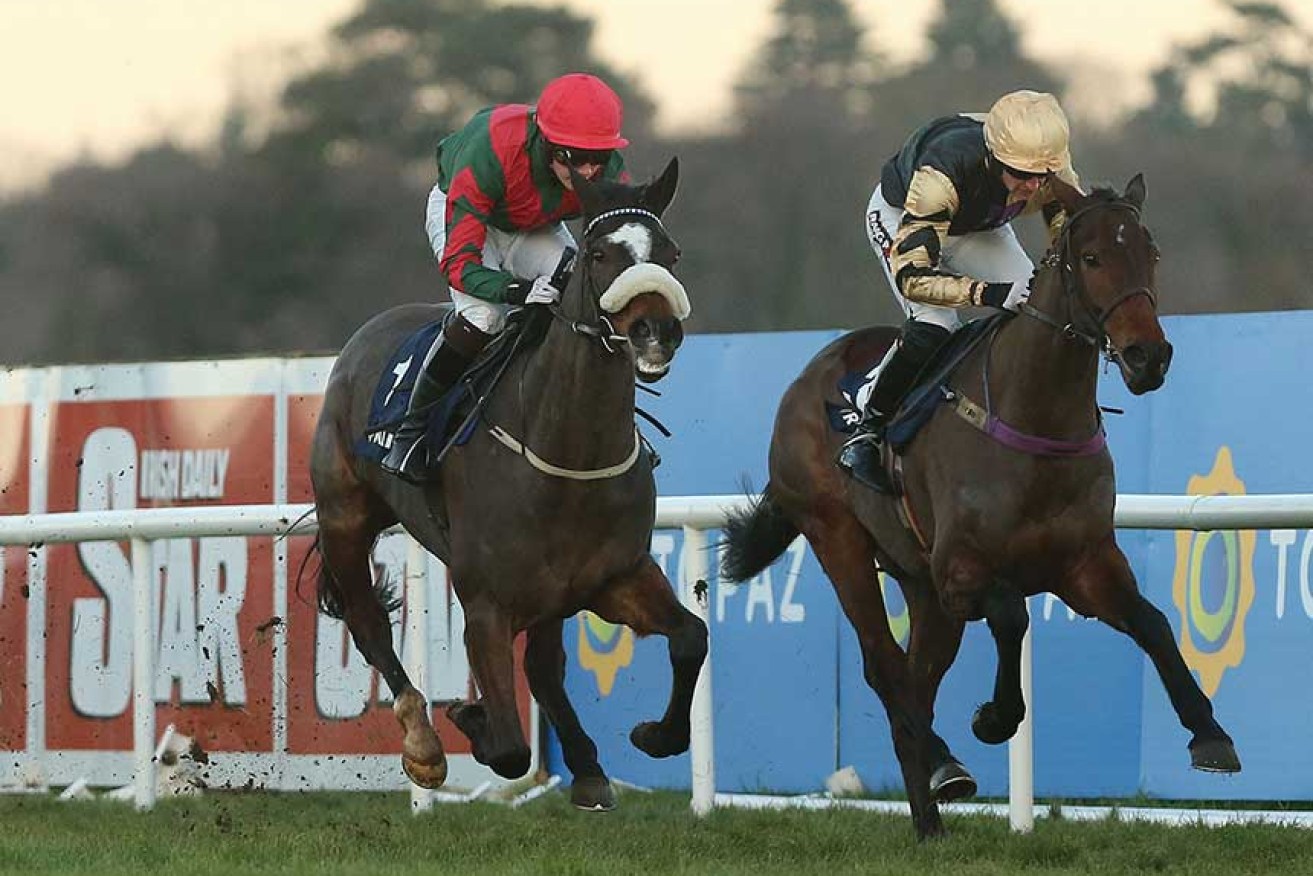Private super funds lose out to pooled accounts on returns


SMSFs loose out in the super race. Photo:AAP
Self-managed superannuation funds lost out in the returns race to big industry, public sector and retail funds in the last year.
Research house Rainmaker found that in the 12 months to May SMSFs returned 16 per cent less than pooled funds and that figure is likely to apply to the benchmark year to June 30 also.
Rainmaker found SMSFs returned an average of 7.7 per cent compared to 9.2 per cent for pooled funds. If those figures are applied to Chant West’s estimates for pooled fund returns for the financial year of 10.5 per cent, then SMSF’s are likely to have returned 8.82 per cent.
The underperformance of SMSFs is accounted for by their overexposure to Australian shares and cash. Record low term deposit and cash rates are a result of the Reserve Bank of Australia holding its cash rate at a miserly 1.5 per cent for nearly a year.
Australian Tax Office data shows that 31 per cent of self-managed fund portfolios are invested in Australian shares, while 24 per cent is invested in cash and term deposits. Overseas shares accounts for less than 1 per cent of self-managed portfolios, Fairfax has reported.
Research from the University of Adelaide has shown that for all but the largest funds, SMSFs have underperformed pooled funds.
Only the top performing SMSF category, those with over $1 million in their fund, have outperformed. They averaged 6.8 per cent returns in the seven years to 2015 while the next best performer, industry funds, averaged 6.2 per cent and retail funds 3.4 per cent.
Small SMSFs with less than $200,000 invested, have been a disaster for their owners, Adelaide Uni found. On average they lost 5.2 per cent a year over the seven years, something their owners would not have been happy with.
The two mid-tier levels of SMSFs both outperformed retail funds, which scored 3.4 per cent but came in behind industry funds, which racked up an annual return average of 6.4 per cent over the seven years. The average for all SMSF’s in the survey was 3.7 per cent over seven years.
David Simon, principal of advisory house Integral Private Wealth, told The New Daily that while it was arguable that SMSF’s could be viable with balances of $250,000 “they’d generally need to be between $400,000 and $500,000 to be properly diversified and make use of the extra investment choice that SMSFs offer.”
Industry and retail funds increasingly offer members the capacity to invest in individual stocks, term deposits and sector specific funds so “the attractiveness bar that SMSF’s have to get over is higher than before,” Mr Simon said.
*The New Daily is owned by a group of industry super funds








